How safe is the IUD?
The IUD is very safe for most people. Here's how to figure out if the IUD is safe for you.
Can I get an IUD?
Most people can use IUDs safely, but there are some conditions that make side effects or complications more likely. Talk to your nurse or doctor to find out if IUDs are safe for you.
You may not be able to get an IUD if you
-
have certain STDs or pelvic infection
-
think you might be pregnant
-
have cervical cancer that hasn't been treated
-
have cancer of the uterus
-
have had a pelvic infection after either childbirth or an abortion in the past 3 months
You also shouldn't get a Paragard IUD if you have a copper allergy, Wilson's Disease, or a bleeding disorder that makes it hard for your blood to clot. If you have systemic lupus erythematosus (SLE), you’re at higher risk for extra heavy bleeding on Paragard.
Don’t get a hormonal IUD if you’ve had breast cancer. If you have systemic lupus erythematosus (SLE) and you have antiphospholipid antibodies (or if you don’t know), you’re at higher risk for serious blood clots while using a hormonal IUD.
Very rarely, the size or shape of someone’s uterus makes it hard to place an IUD correctly.
If you have a condition that rules out an IUD for you, don’t worry. You’ve got lots of other birth control options.
What are the risks of an IUD?
There are possible risks with an IUD, but serious problems are really rare.
The IUD can sometimes slip out of your uterus — it can come all the way out or just a little bit. If this happens, you can get pregnant. If the IUD only comes out part of the way, a nurse or doctor has to remove it.
Don’t use a menstrual cup with an IUD. Using a menstrual cup can cause your IUD to move out of place. If you do decide to use a menstrual cup, you need to check your IUD strings monthly, and contact your nurse or doctor if your IUD strings are missing.
It’s possible — though extremely unlikely — to get pregnant even if your IUD is in the right spot. If you get pregnant, a nurse or doctor will need to remove your IUD as soon as possible. If you get pregnant with an IUD in place, there’s an increased risk of ectopic pregnancy and other serious health problems.
It’s possible to get an infection if bacteria gets into your uterus when the IUD is put in. If the infection isn't treated, it may make it harder for you to get pregnant in the future.
When the nurse or doctor puts the IUD in, it could push through the wall of your uterus. This sounds painful, but it usually doesn't hurt. But if this happens, you may need surgery to remove the IUD. However, this is very rare.
It’s also possible for an IUD to get stuck in the wall of your uterus, and your nurse or doctor may need to use an instrument to remove it (or rarely, you may need a surgical procedure). The IUD may break, or the copper on a non-hormonal IUD may fall off — to treat this, your nurse or doctor may just watch and wait for a while, use an instrument to remove it, or do a surgical procedure to remove it. All of these situations are very, very rare.
What warning signs should I know about?
Chances are that you’ll have no problems with your IUD. But it's still important to pay attention to your body and how you feel after you get your IUD. Here are the warning signs to watch out for. Call your nurse or doctor right away if:
-
the length of your IUD string feels shorter or longer than it was
-
you can feel the hard plastic bottom of the IUD coming out through your cervix
-
you think you might be pregnant
-
you have bad cramping, pain, or soreness in your lower belly or stomach
-
there’s pain or bleeding during sex
-
you get unexplained fever, chills, or have trouble breathing
-
your vaginal discharge is different than normal
-
you have vaginal bleeding that is heavier than usual
If you have unprotected sex with someone who has an STD, see your nurse or doctor for any tests or treatments you may need.
Is it safe to use the IUD while breastfeeding?
Yes, it’s safe to use the IUD while you’re breastfeeding. It shouldn’t have any effect on how much milk you produce, and it won’t hurt your baby. In fact, the IUD is a great method to use if you’re breastfeeding and you don’t want to get pregnant.

 Abstinence
Abstinence
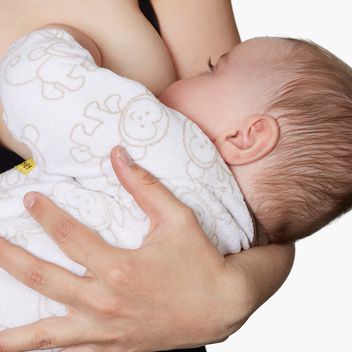 Breastfeeding
Breastfeeding
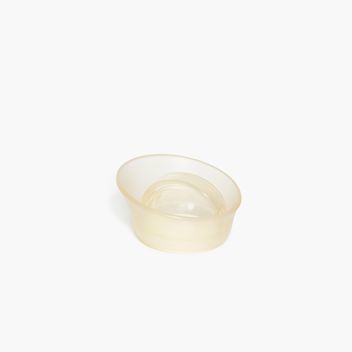 Cervical Cap
Cervical Cap
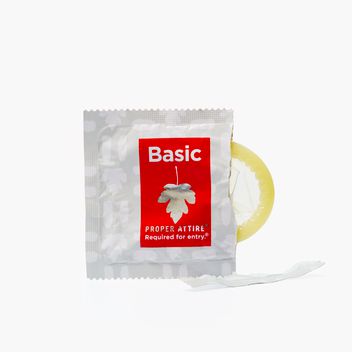 Condom
Condom
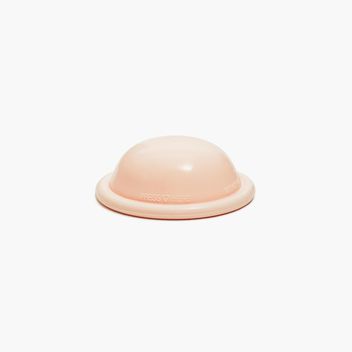 Diaphragm
Diaphragm
 FAM
FAM
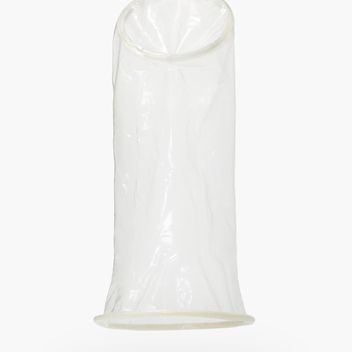 Female Condom
Female Condom
 Implant
Implant
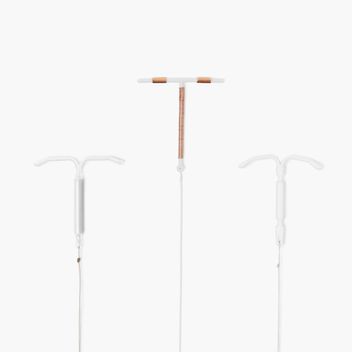 IUD
IUD
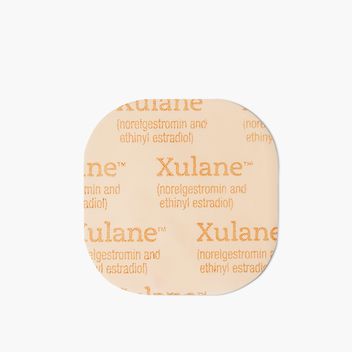 The Patch
The Patch
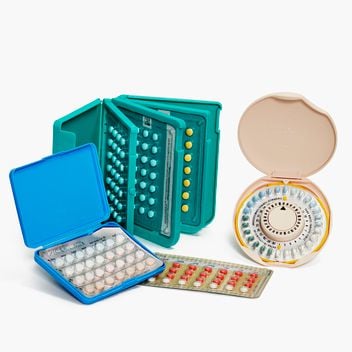 The Pill
The Pill
 The Ring
The Ring
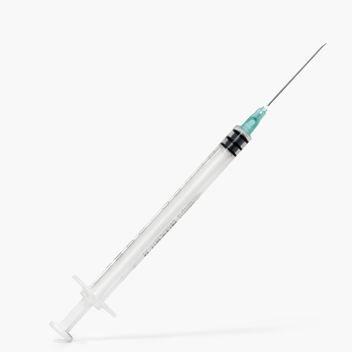 The Shot
The Shot
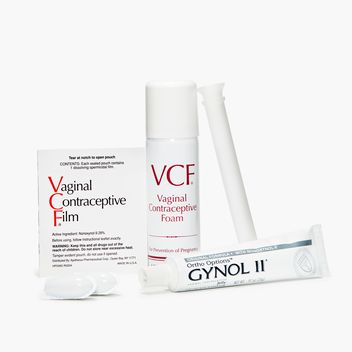 Spermicide
Spermicide
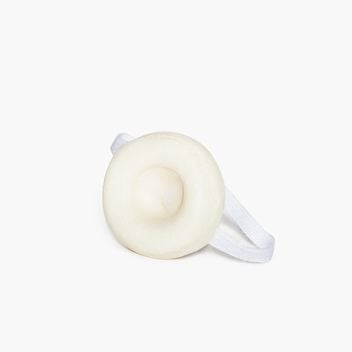 Sponge
Sponge
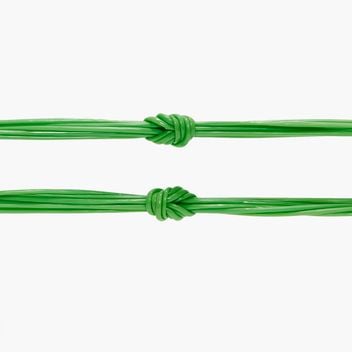 Sterilization
Sterilization
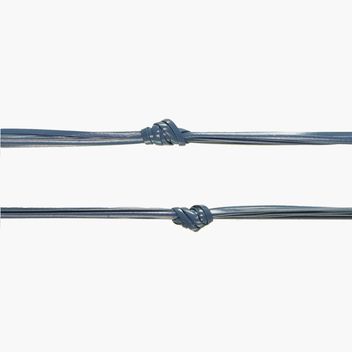 Vasectomy
Vasectomy
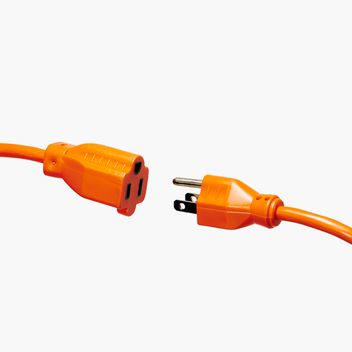 Withdrawal
Withdrawal